“The Pickleball Rules Changes 2024”
You Must have heard of pickleball, It’s a fun and social game that’s easy to learn for people of all ages and skill levels. Imagine hitting a perforated plastic ball with a paddle over a net, a bit like badminton or tennis, but with a less bouncy ball and some unique court dimensions.
This is what makes pickleball so accessible – no matter your background, you can jump right in and enjoy a friendly game with friends and family. That’s exactly why pickleball has become the fastest-growing sport in the US, especially.
Basic Pickleball Rules
So, it’s time to trade the sidelines for the court! In this guide, we’ll break down the essential rules of pickleball, making it easy for you to grab your paddle and start rallying with friends and family.

The Playing Field: Court, Equipment, and Players
Pickleball is played on a badminton-sized court, measuring 44 feet by 20 feet for singles and 44 feet by 27 feet for doubles. A net, similar in height to a tennis net (34 inches at the sidelines and 36 inches in the center), divides the court.
Players utilize solid-faced paddles made of wood or composite materials to hit a perforated plastic ball with similar characteristics to a wiffle ball. Pickleball can be enjoyed in singles or doubles format, with two or four players on the court at a time.

Pickleball Lessons >> Is There Really a Golden Rule in Pickleball?
The Art of the Serve: Initiating Play with Precision
The serve, the action that commences each point, is a unique aspect of pickleball. Unlike tennis, serves in pickleball must be underhand. This means the server strikes the ball below the waist with the paddle head remaining underneath the wrist.
The serve must diagonally cross the court and land within the diagonally opposite service zone, an area extending from the baseline to the non-volley zone line (also known as the kitchen line).
The Enigmatic Kitchen: Understanding the Non-Volley Zone
The non-volley zone, often referred to as the “kitchen,” is a seven-foot area on either side of the net. This zone restricts volleying, adding a tactical element to the game. Here’s what you need to know about the kitchen:
- No Volleying: A player cannot volley the ball while standing within the non-volley zone.
- Entering is Permitted: Players can enter the non-volley zone, but only to return a shot that has bounced first.
- Double Bounce Applies: When returning a shot from within the kitchen, the double bounce rule still applies. The ball must bounce once in your opponent’s court before you can volley it back.
Scoring System: A Race to 11
Pickleball utilizes a sideout scoring system. Similar to volleyball, a point is only awarded to the serving team. Games are typically played to 11 points, with a win requiring a two-point lead.
To prevent excessively long games, a tiebreaker (playing to 7 points) may be implemented at 10-10.
Faults and Lets: Maintaining Fair Play
Several actions can result in a fault, awarding a point to the opposing team. Common faults include:
- Serving outside the designated service zone.
- Volleying the ball within the non-volley zone.
- Hitting the ball out of bounds.
- Double-hitting the ball (consecutively hitting the ball with your paddle).
A “let” is called when the serve lands on the net and remains in play. The serve is then retaken.
Beyond the Basics: Advanced Rules and Strategies
The official pickleball rulebook, maintained by USA Pickleball, goes into greater detail on various aspects of the game, including:
- Foot Faults: Improper foot positioning during the serve can be penalized.
- Dink Shots: Soft, deceptive shots that challenge opponents.
- Third Shot Drive: An aggressive strategy employed after the first two bounces.
- Non-Volley Line Violations: Rules regarding accidentally touching or stepping on the line.
Understanding these advanced concepts will elevate your gameplay and provide a deeper appreciation for the complexities of pickleball.
Download Pickleball Official Rulebook – PDF File
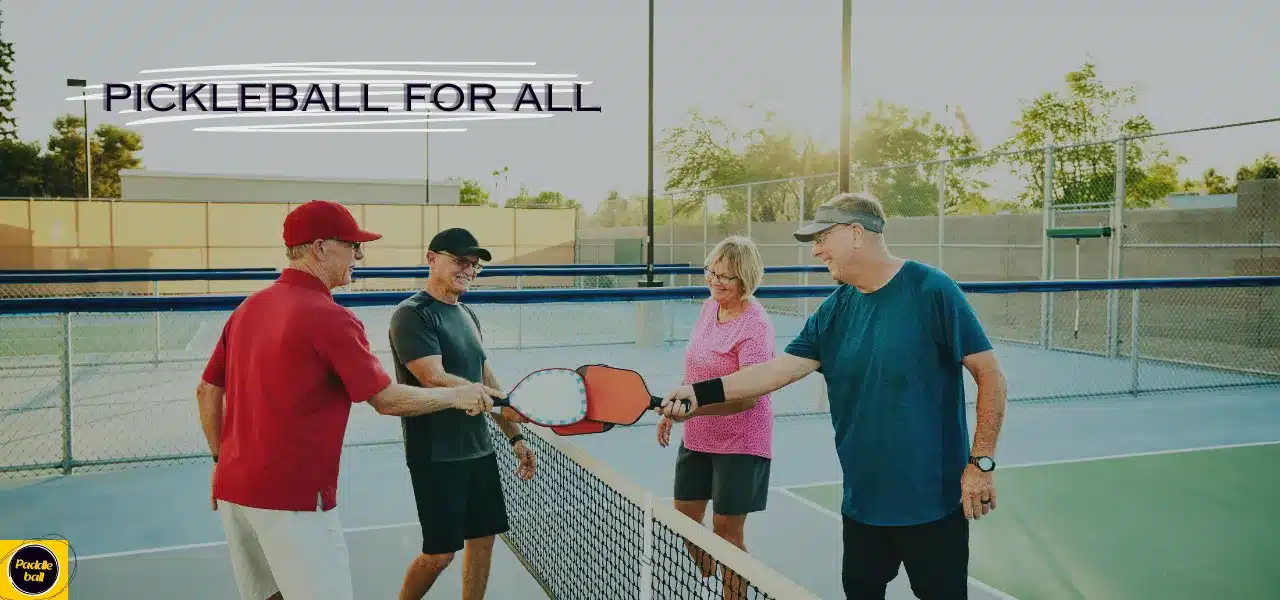
Serving Up New Rules in 2024
The pickleball world keeps evolving, and staying updated on the latest rules is crucial. While the core gameplay in our previous guide remains accurate, let’s delve into the specific rule changes implemented in 2024:
Serving Tweaks: Height and Experimentation
- Serving Height: The serve remains underhand, but there’s a new emphasis on keeping the initial hit of the paddle below the server’s waist.
Drop Serve Still Under Review
There’s ongoing discussion regarding the “drop serve,” where the server intentionally drops the ball before hitting it underhand. While not explicitly prohibited in the 2024 rules, some professional tours are experimenting with restrictions on this type of serve.
Respecting the Returner’s Space
The serving team must now wait until the non-server on the receiving team is “ready” to receive the serve. This ensures the returner has sufficient time to position themselves for the shot.
Calling Faults and Line Calls
The responsibility for calling faults now falls solely on the team that benefits from the fault. This eliminates confusion and potential arguments about who saw the fault first. For line calls that are close, players are encouraged to use a “let” replay the point to ensure fairness.
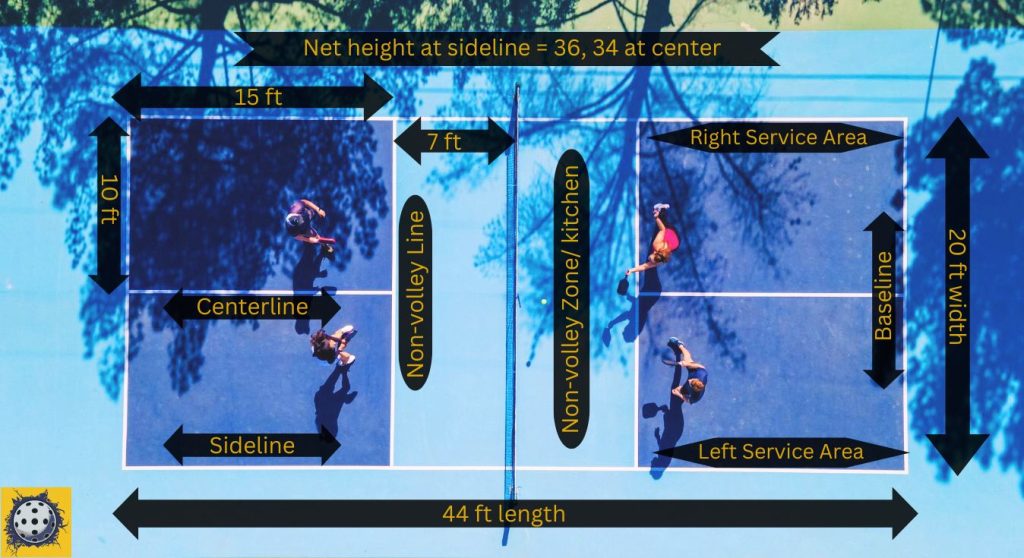
Pickleball Rules For Singles
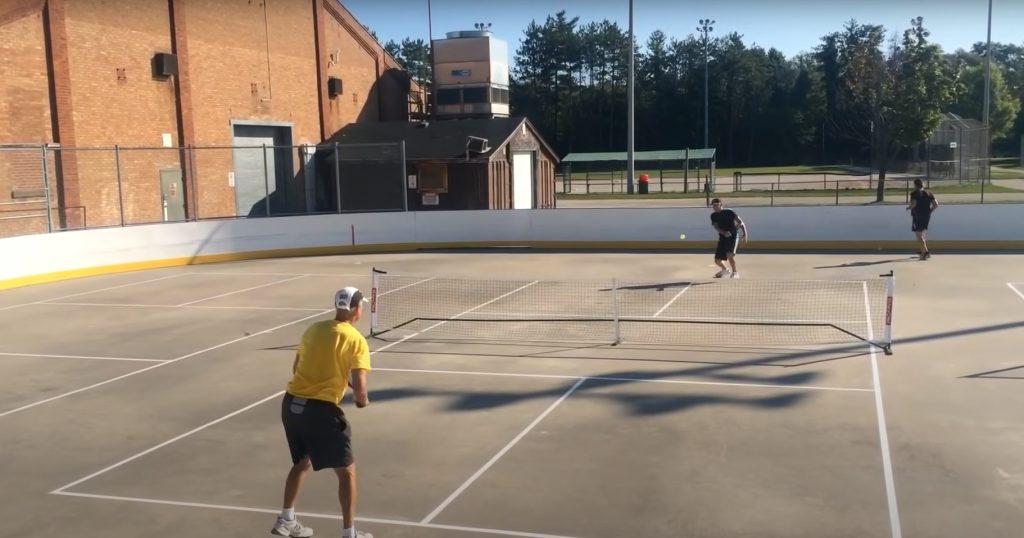
The rules for singles pickleball are mostly the same as doubles rules, except for some variations. Here are some of the key differences,
- Server must stand behind the line and serve underhand.
- The server switches sides depending on whether their score is even or odd.
- There is only one serve per player in singles.
- Only server can score when the opponent commits a fault.
- The server loses their serve when they commit a fault.
Pickleball Rules For Doubles
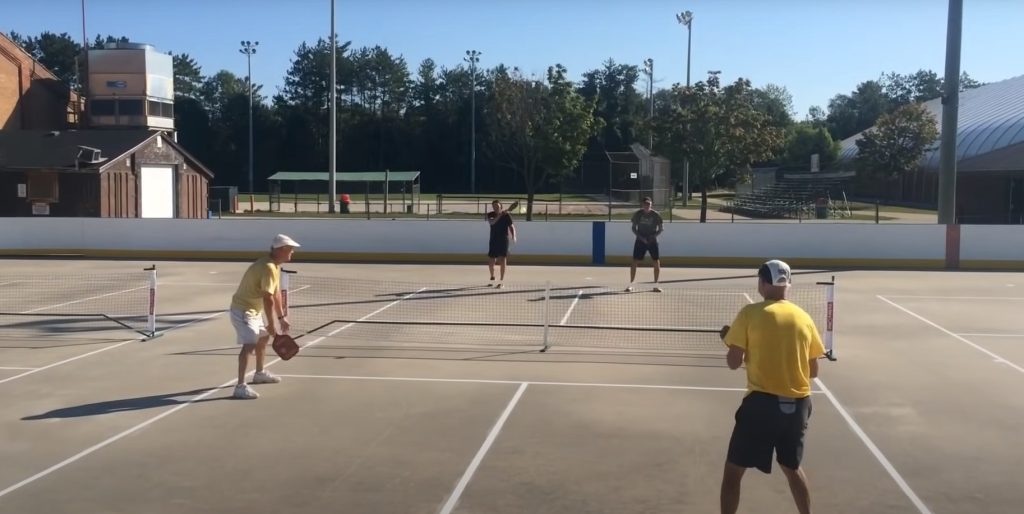
In pickleball doubles, serves must be underhand, with contact below the waist, and directed diagonally into the opposite service court. A serve that fails to meet these requirements is considered a fault.
There are three numbers that you must call out in pickleball doubles: your team’s score, your opponents’ score, and the server number. You must call out the score before every serve. The player standing at the start of the side out will always be the player.
The first rule of scoring in pickleball is that only the serving team can score points. Serving team’s score rises by one point each time the receiving team commits a fault.
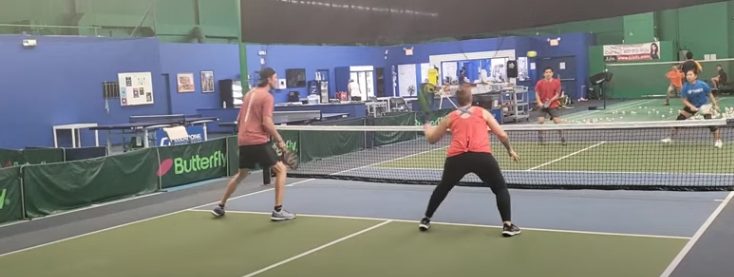
Learn Pickleball – What Is No Man’s Land In Pickleball
Pickleball Rules for Tournament
With a little planning and research, you can find the perfect pickleball tournament to elevate your game and experience the joy of competition. So, grab your paddle, dust off your skills, and get ready to hit the court!
Gameplay
Matches: Typically best 2 out of 3 games.
The Scoring Rule: Tach game can be played to 11, 15, or 21 points, with a win by 1 or 2 points.
Serving: Underhand serve diagonally crosscourt, with only one serve attempt.
Double Bounce Rule: The receiving team must let the serve bounce once before returning it.
Non-volley zone (The Kitchen): It’s illegal to volley (hit the ball in the air before it bounces) within 7 feet from the net.
Tournament Structure
Seeding: Players are placed in brackets based on skill level.
Match format: Double-elimination (guarantees two matches) or single-elimination are common.
Other Posts

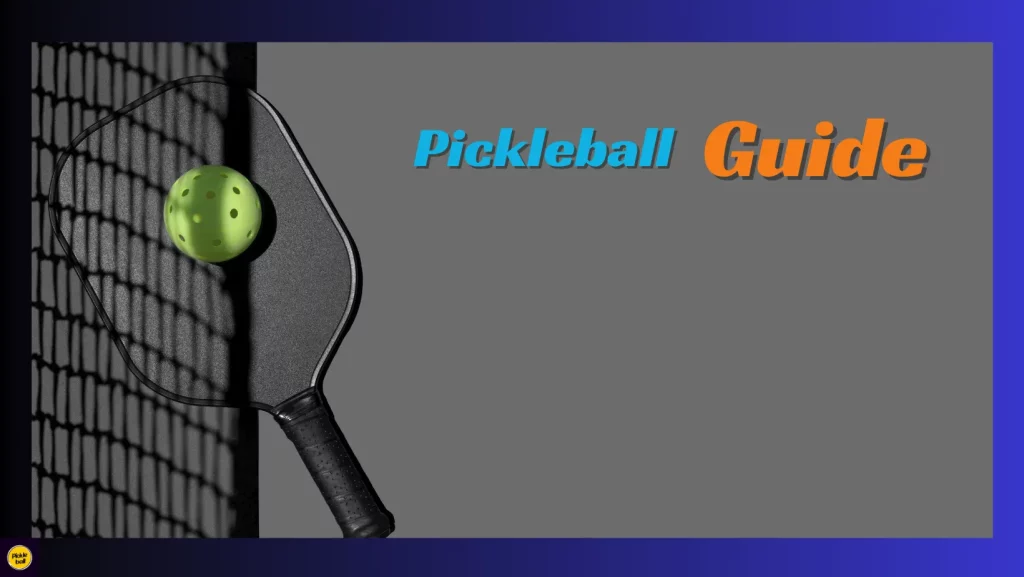
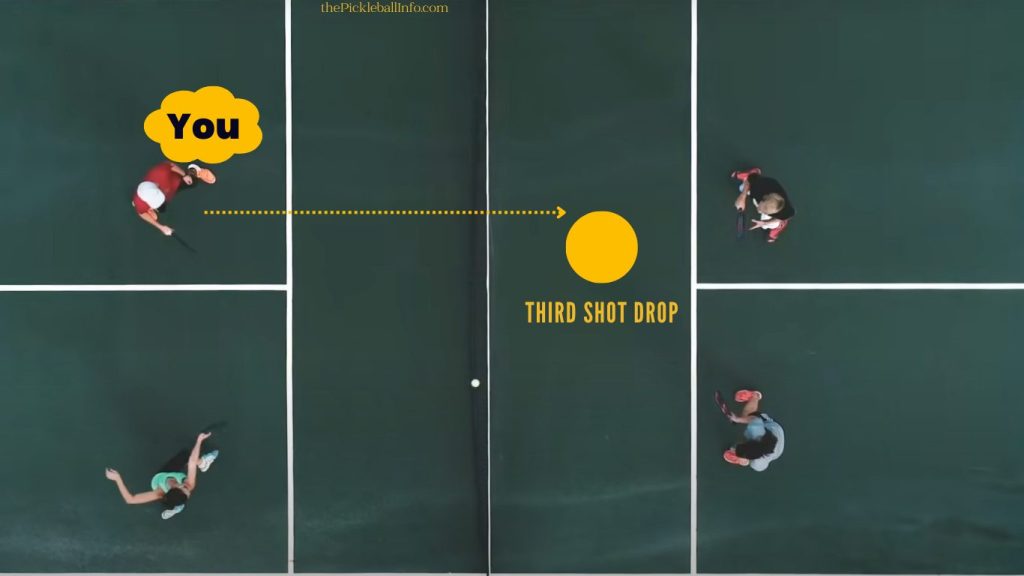
Good information. I like the new rules.